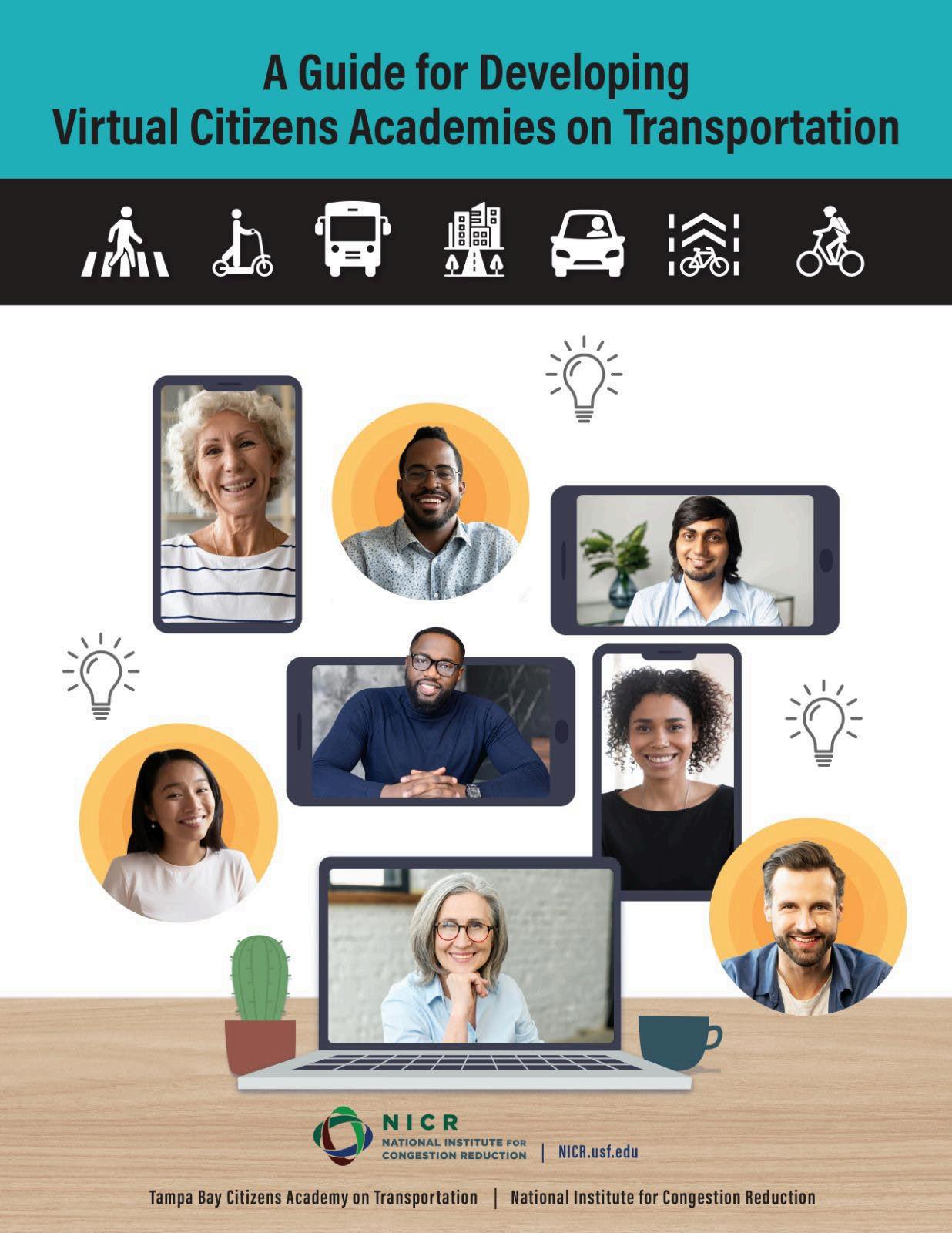Meaningful Public Participation through Citizen Education









About us
About you
Opinion survey
Overview of the process for developing and implementing virtual citizen academies
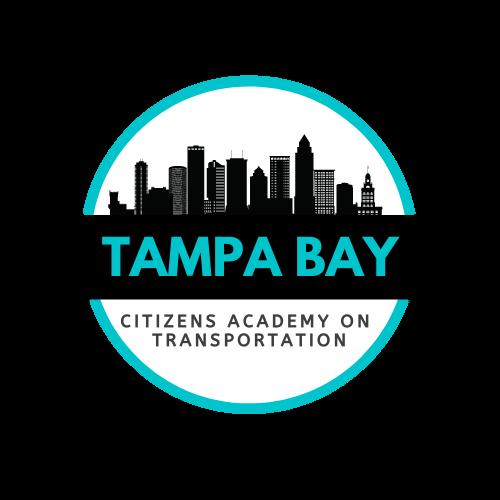
Panel Discussion
Lessons learned



 Tia Boyd Taylor Dinehart
Brandie Miklus
Jason Jackman
Tia Boyd Taylor Dinehart
Brandie Miklus
Jason Jackman







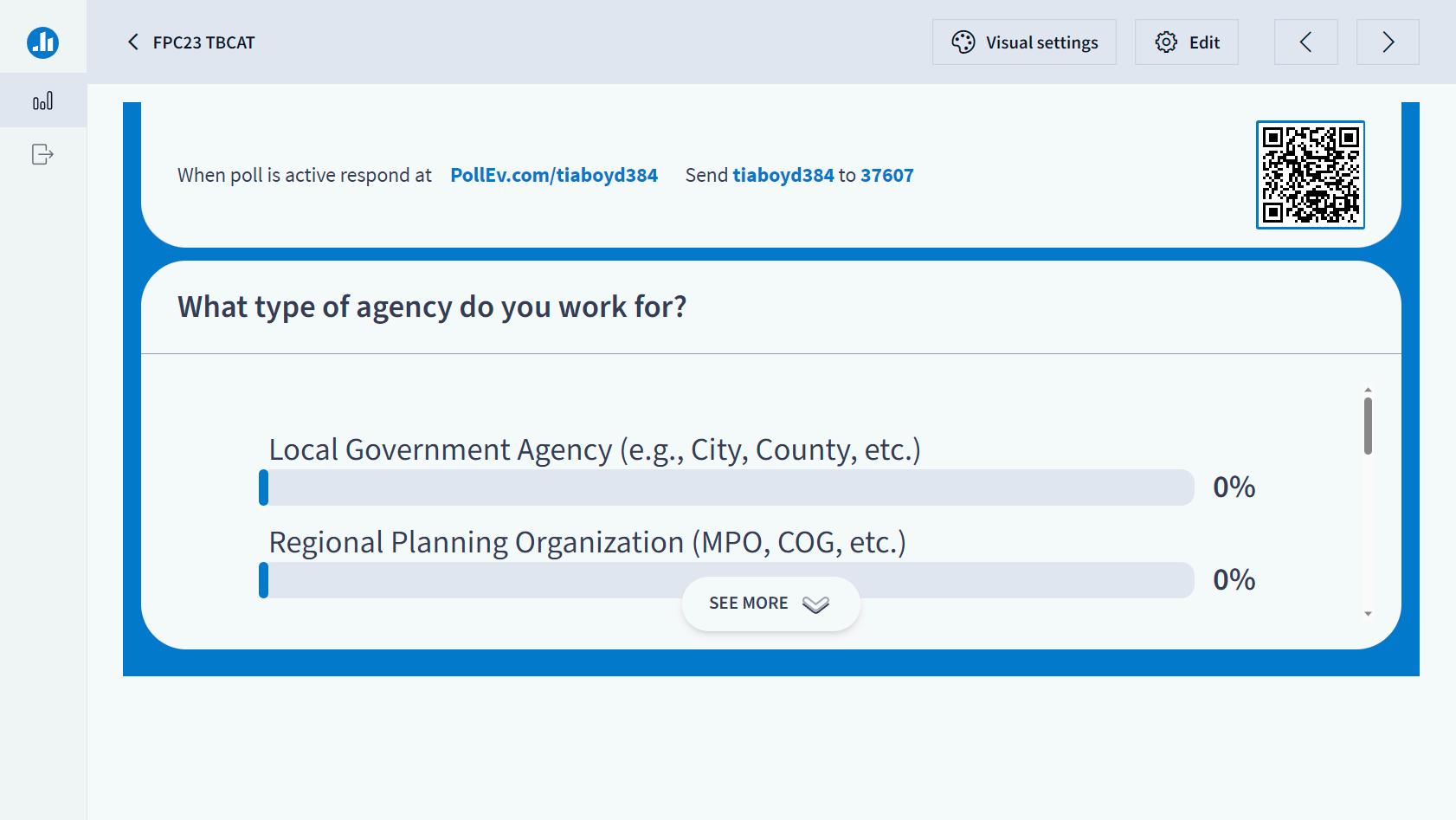


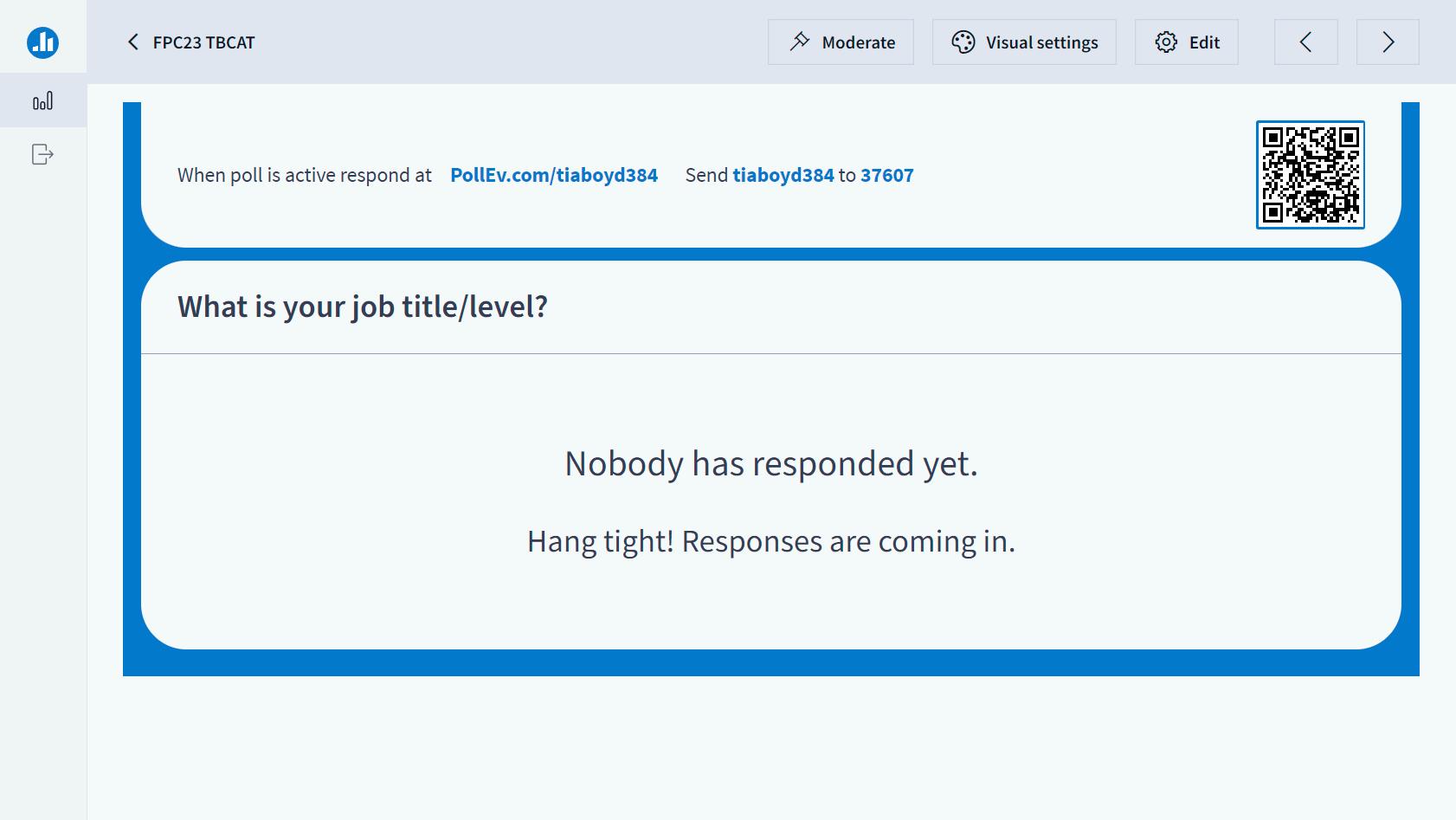


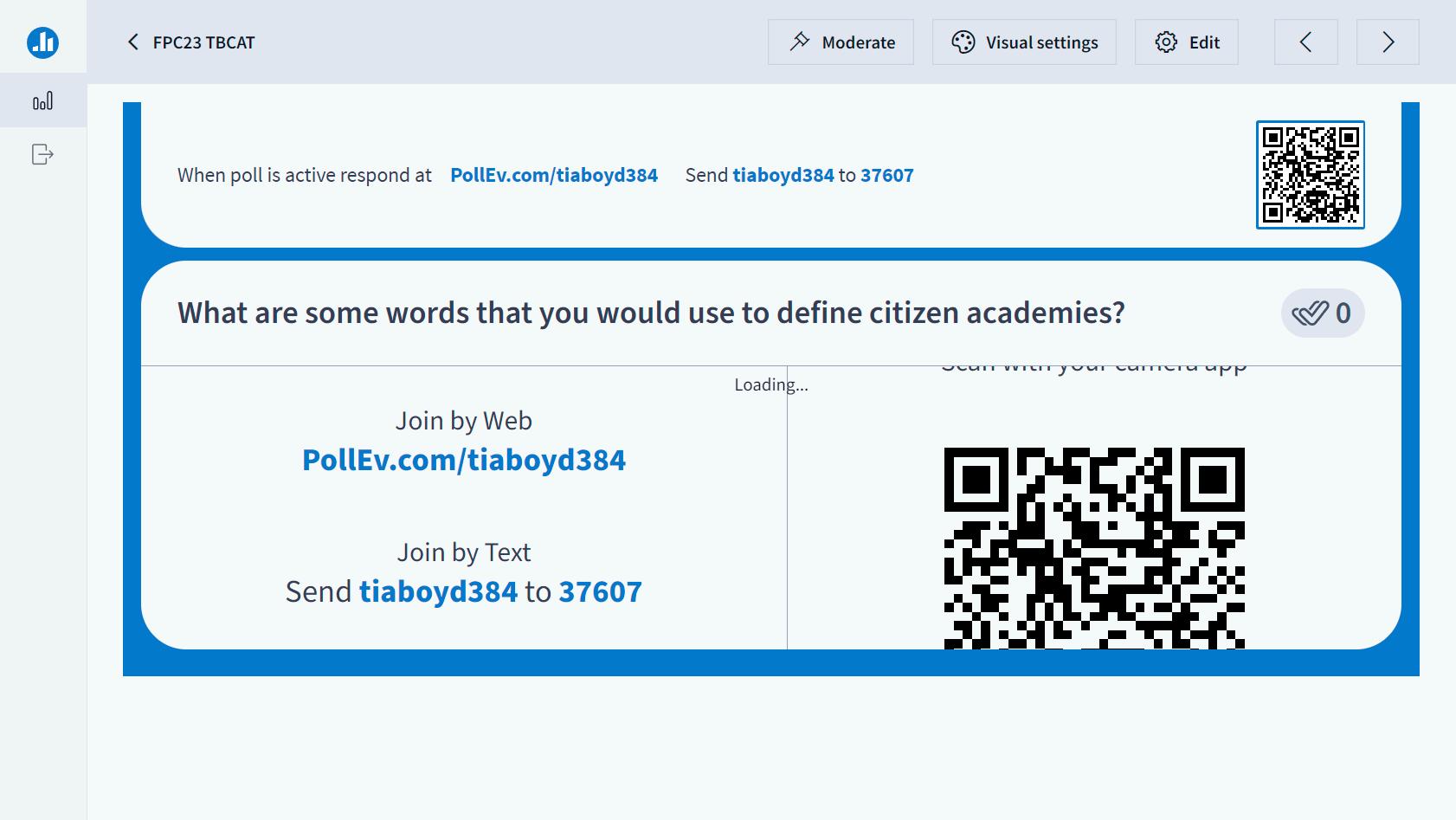



• A course or set of courses to educate the public on the activities of local agencies.
• The goal of these academies are to encourage a more informed and engaged public.


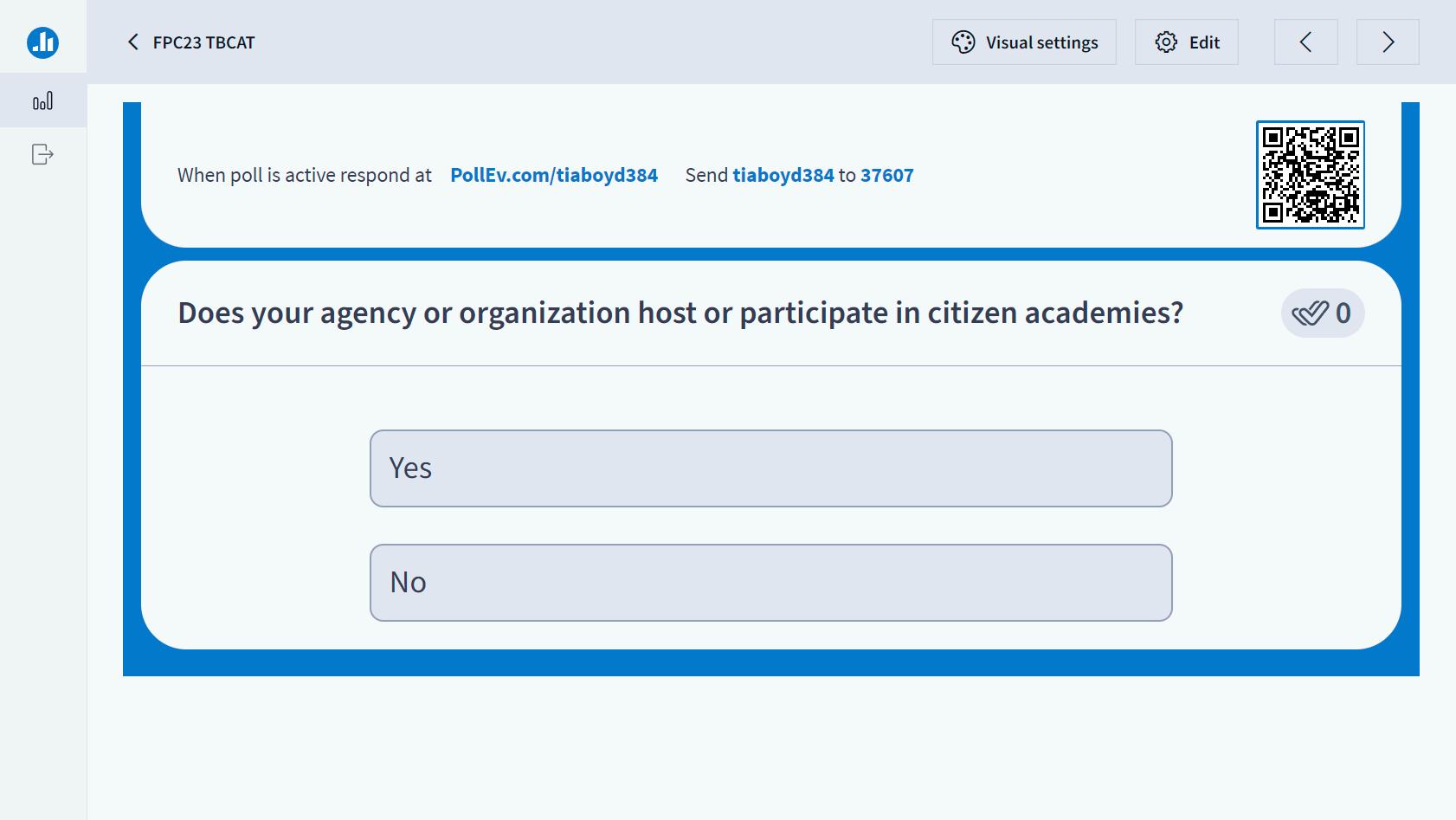



The Tampa Bay Citizens Academy on Transportation




• Establish and build partner and stakeholder relationships
• Decide on the course delivery method
• Develop the course
• Collaboration is key

• Consistent communication between partners
• Stakeholders and partners might:

• Identify potential participants
• Share information about the community's educational needs and interests

• Provide resources for advertising and outreach
• Identify potential speakers
• Present to the course participants

• Fully virtual synchronous

• Hybrid synchronous
• Asynchronous


• Identify and select key themes to focus the course session topics
• Determine the number of sessions and session dates
• Brainstorm potential session topics and learning objectives
• Generate a list of potential speakers

• Create and refine the course syllabus
• Select a virtual platform
• Create the academy registration form
• Advertise the academy and register attendees



• Host sessions
• Evaluate the course
• Assign class projects
• Engage with participants
• Follow-up after the course



• Reach out to speakers and help them prepare for their presentation
• Take a few minutes for a virtual meet and greet
• Provide adequate time for questions and discussion
• Get in touch after each session

• Select appropriate software to develop, share, and assess the evaluations

• Create evaluation questions
• Distribute the evaluations
• Analyze results
Evaluate
Assign


• Decide on the project

• Determine how project support will be provided

• Select a format and schedule for project presentations
• Invite expert panelists to provide feedback on the presentations


• A field trip, lab, or tour


• A meet and greet
• An educational event
• Certificates

• Establish a cohort group (email, text message, etc.)




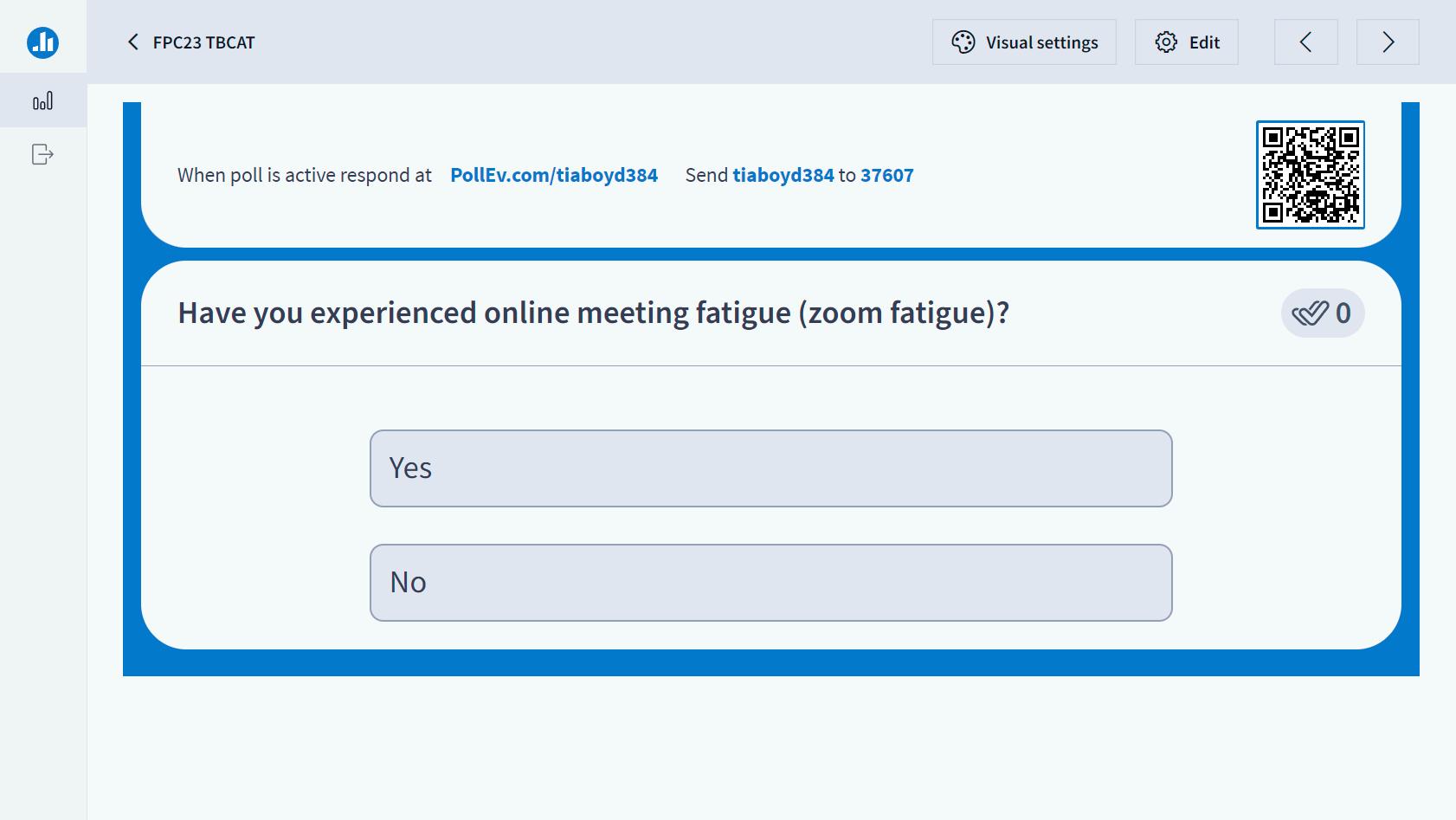



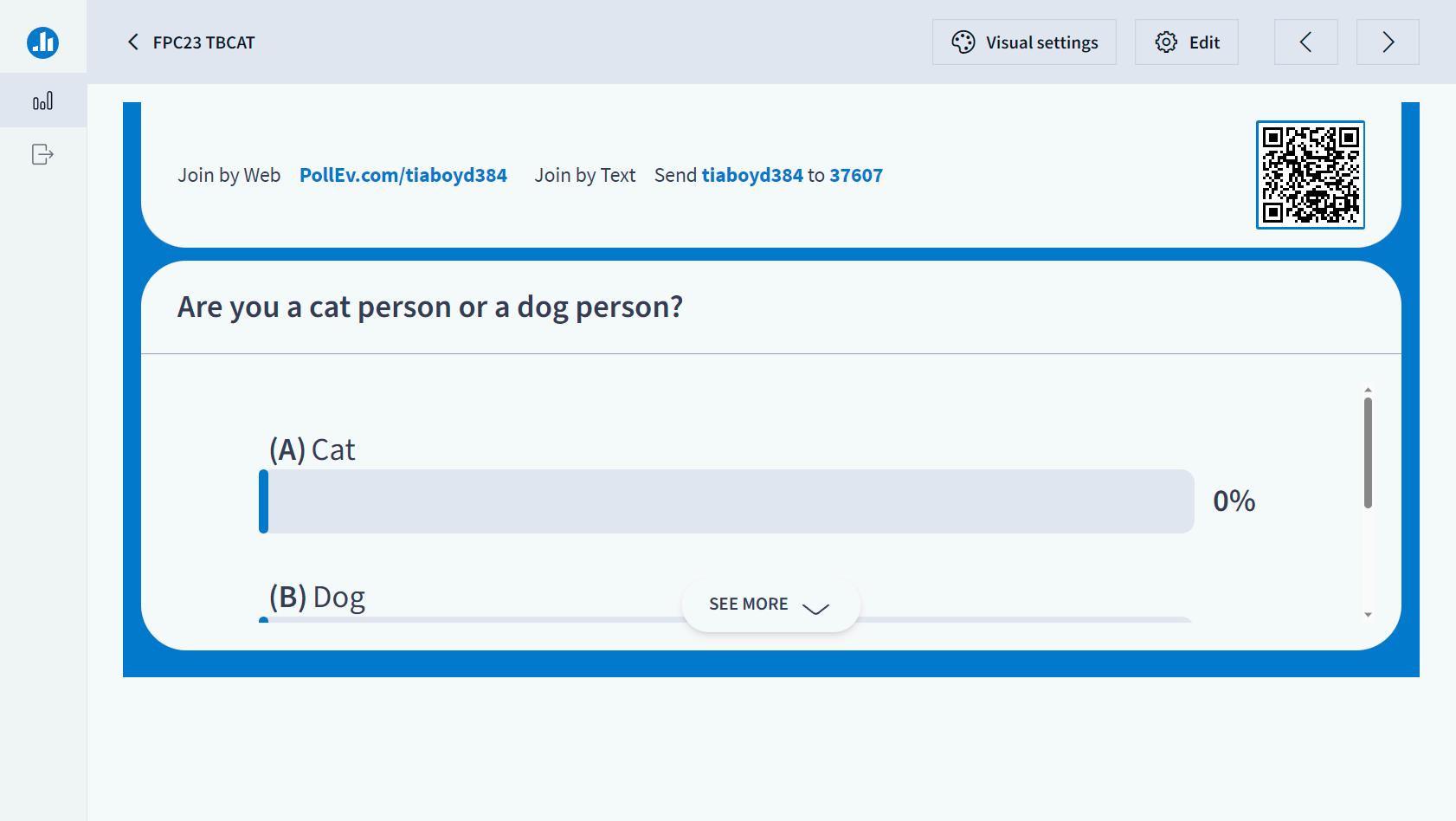























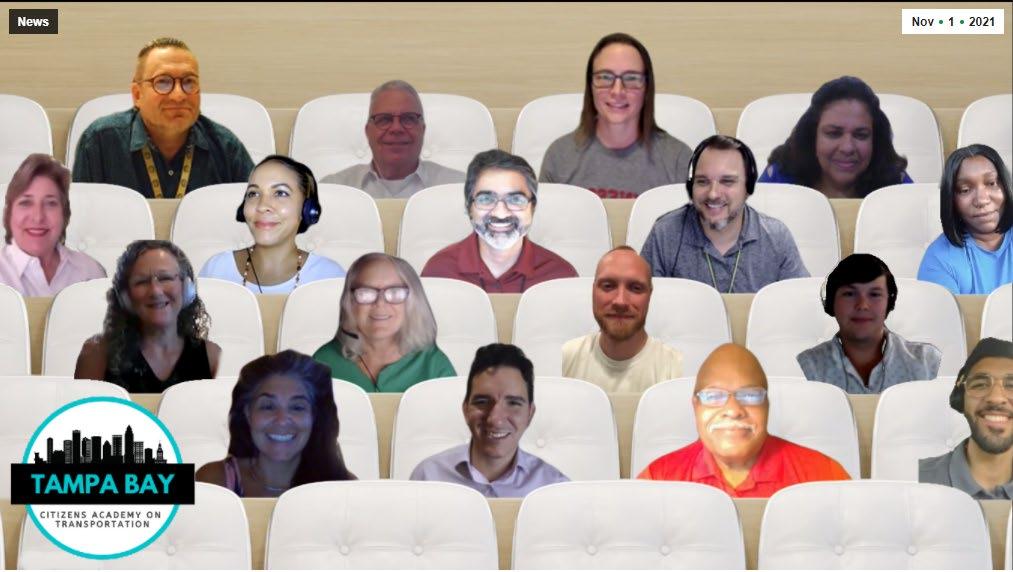
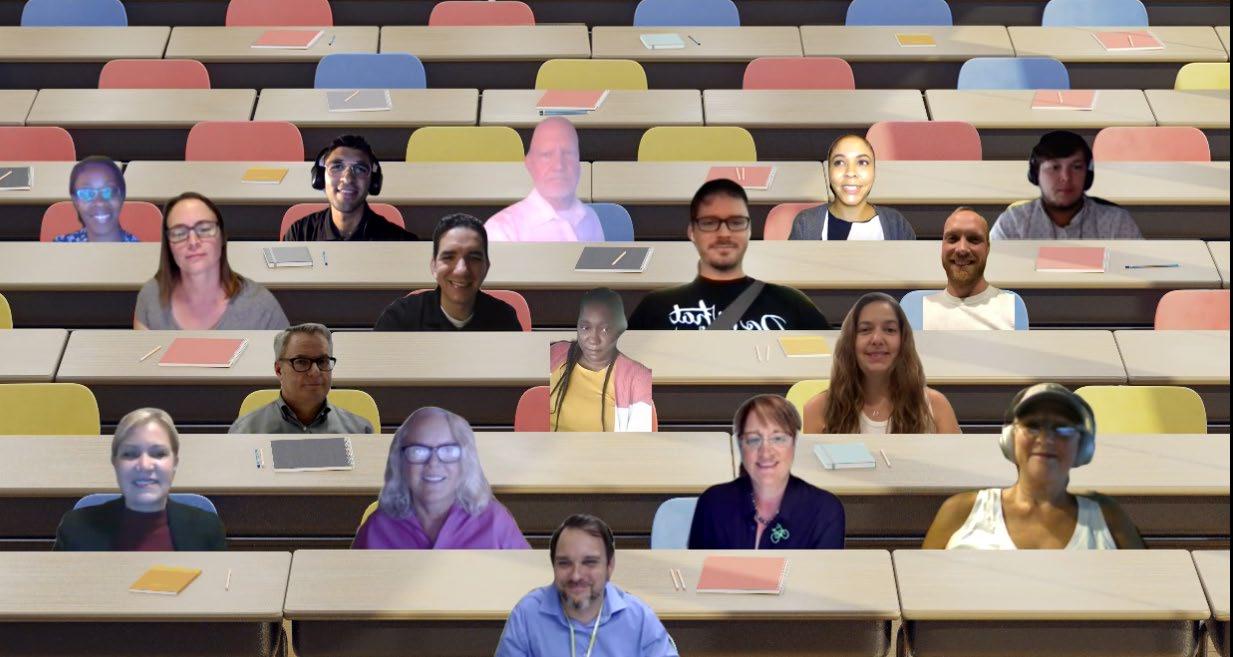
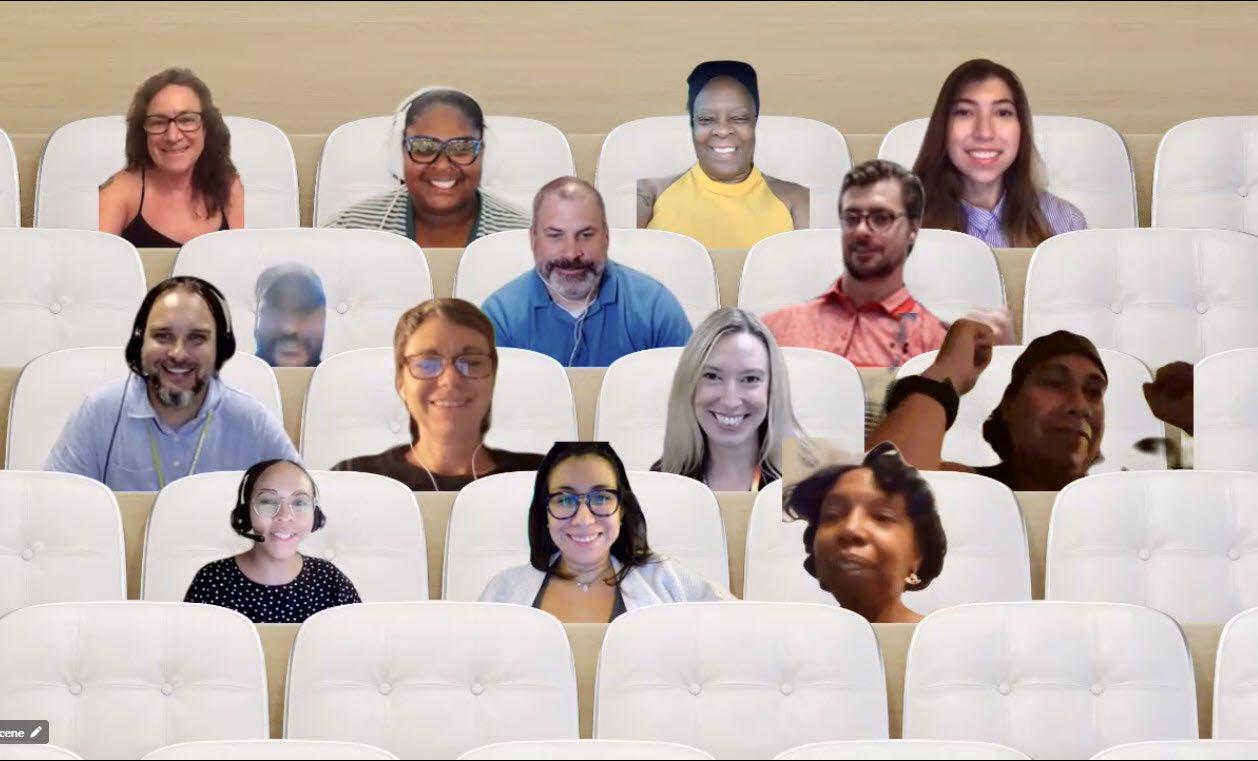
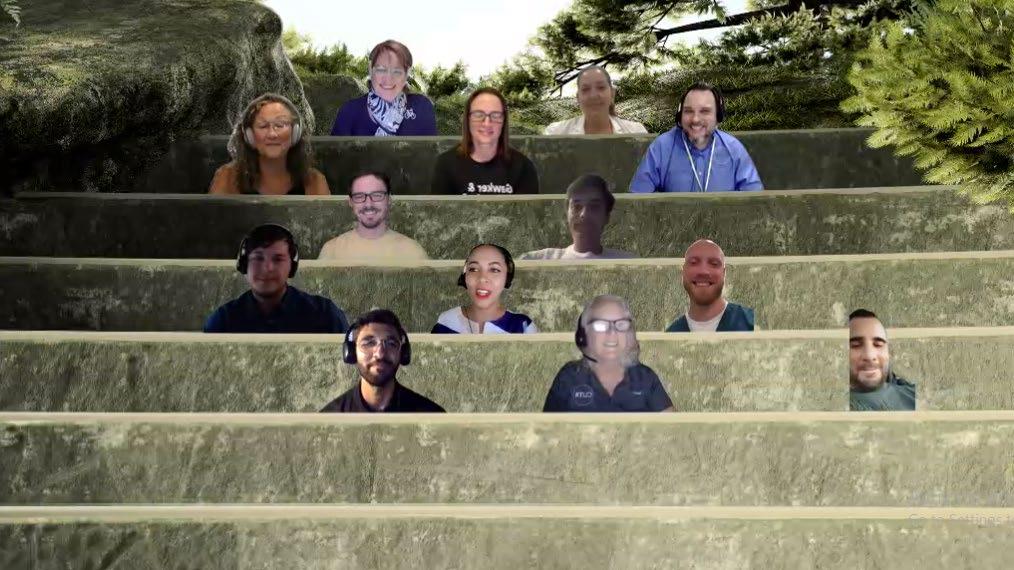











Attendance at City Council Meetings












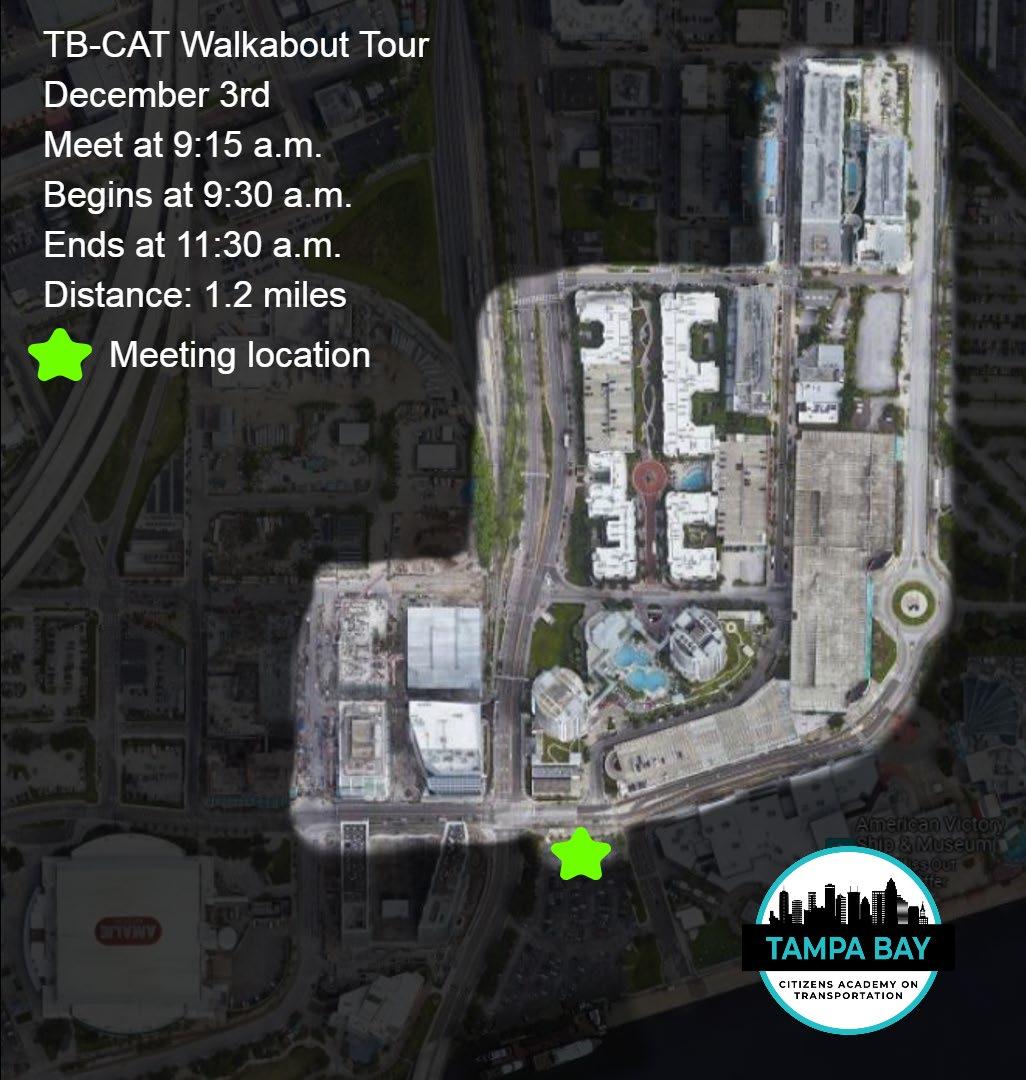
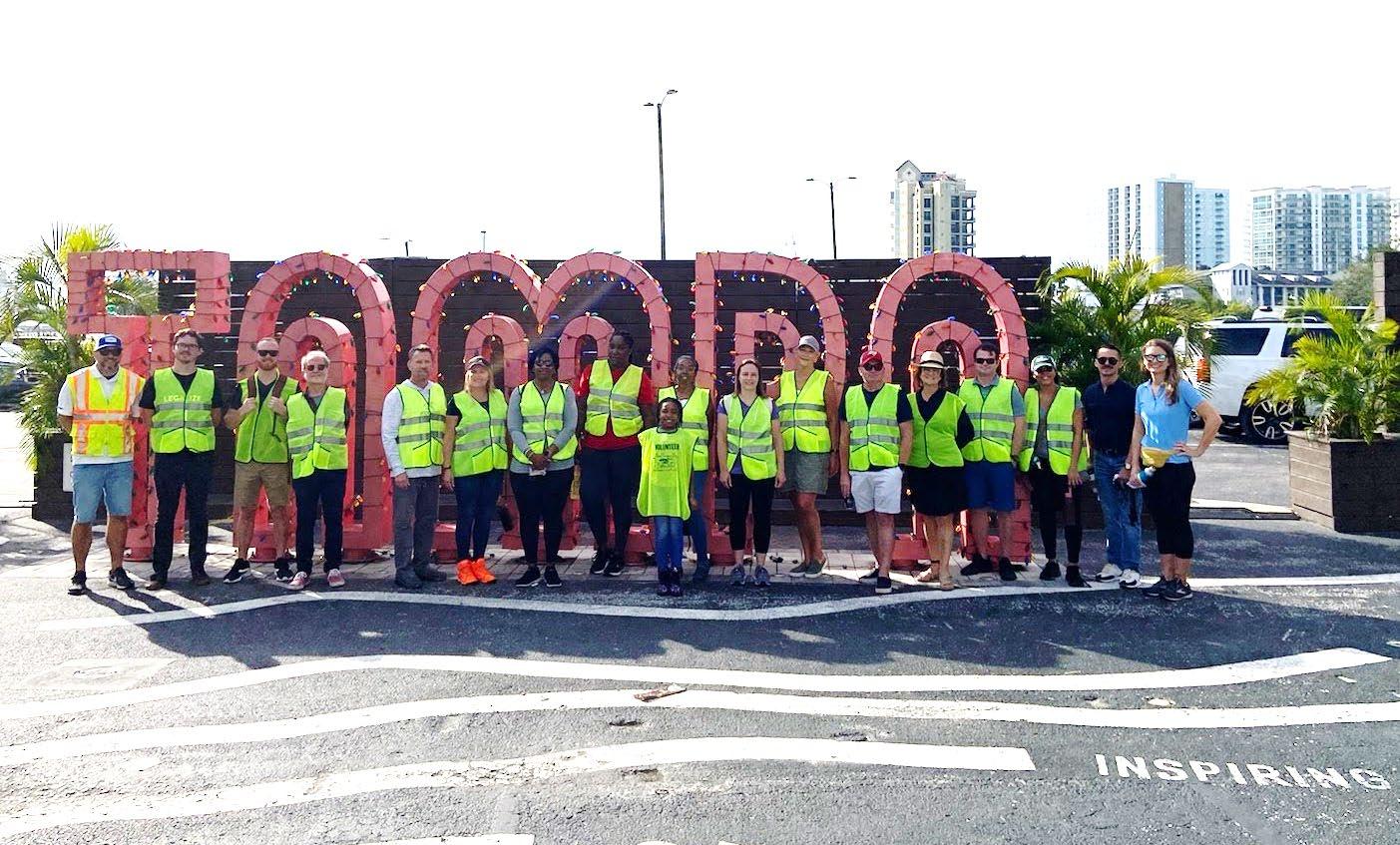




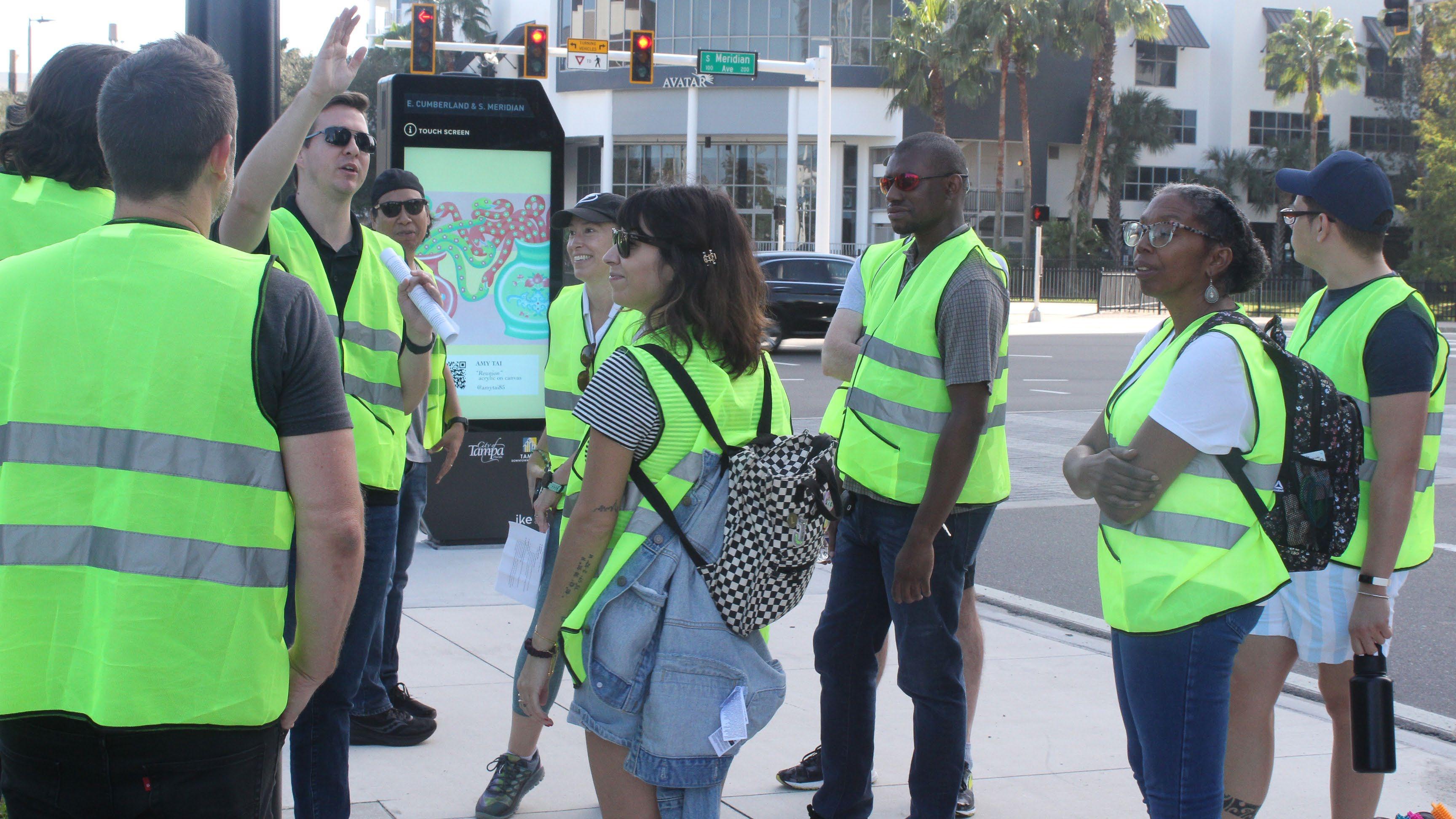






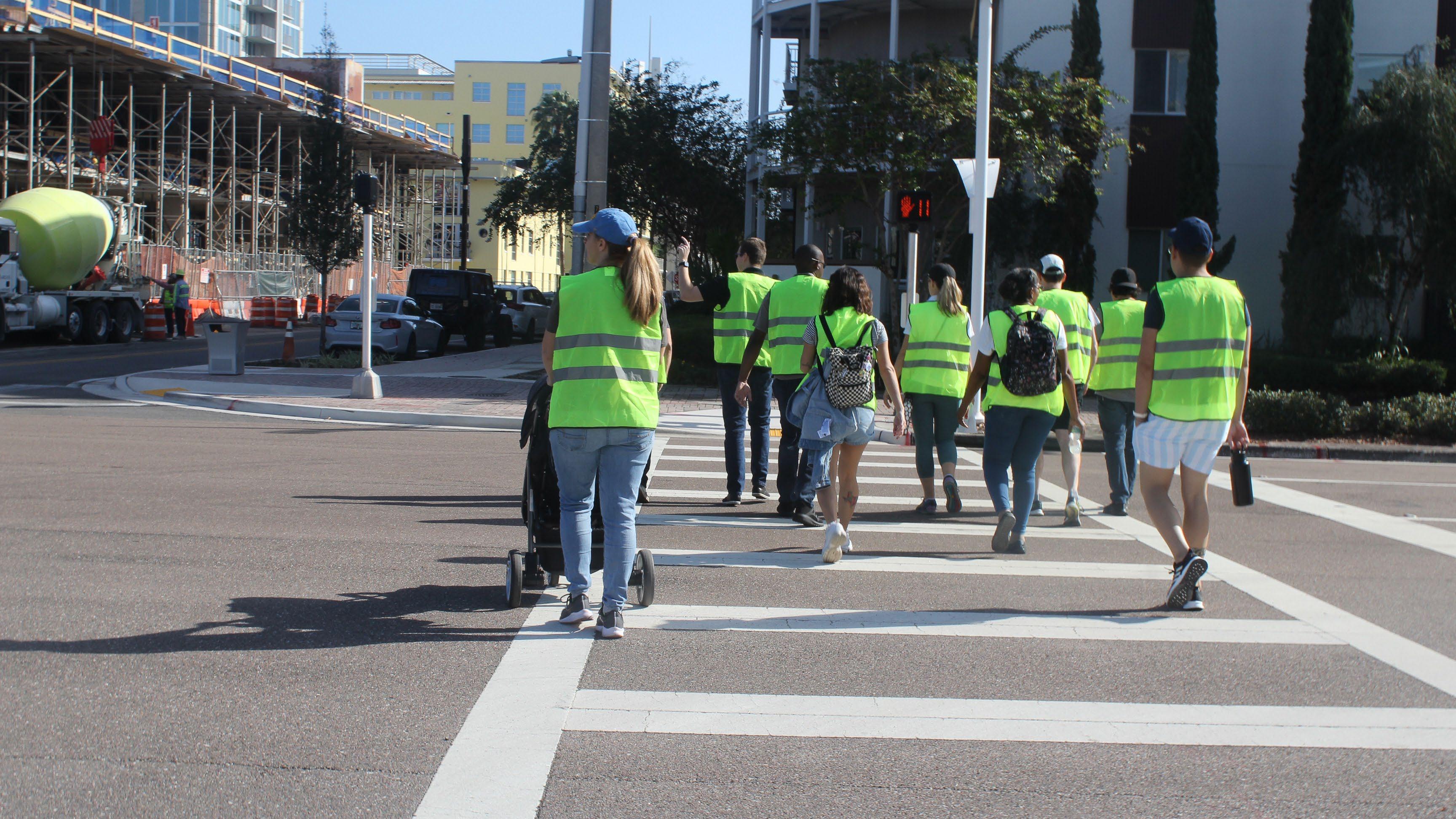






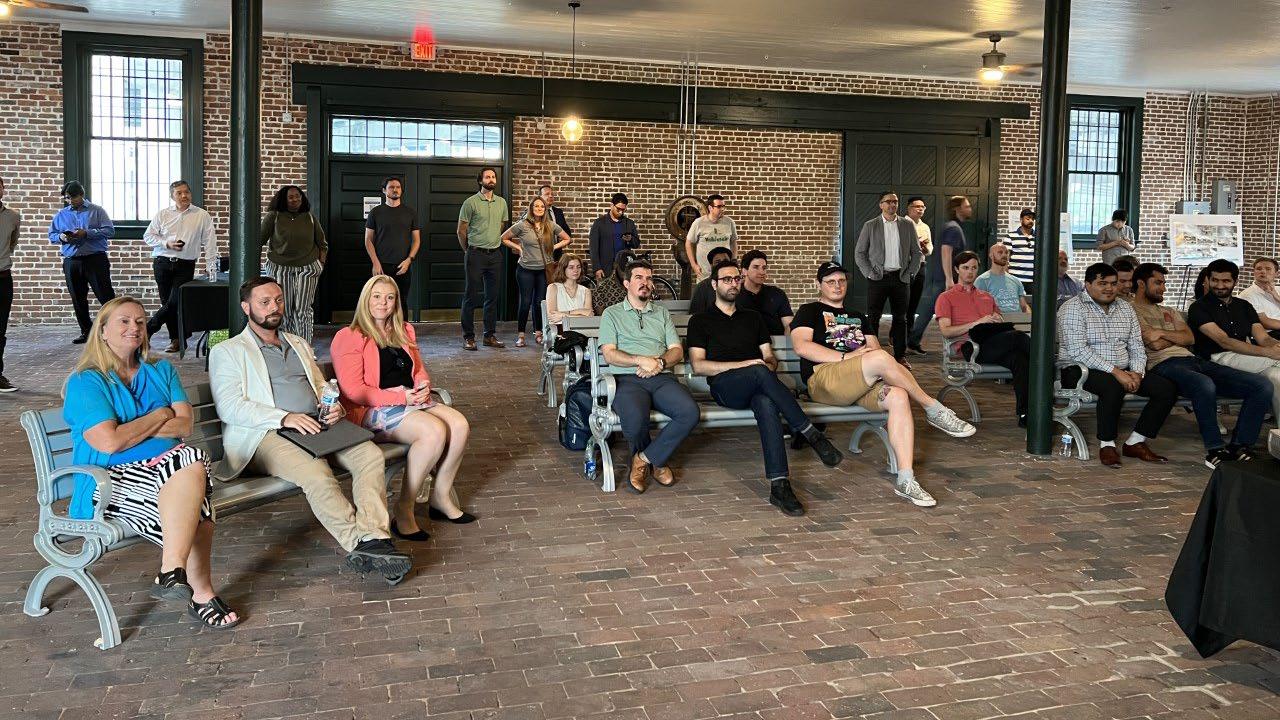



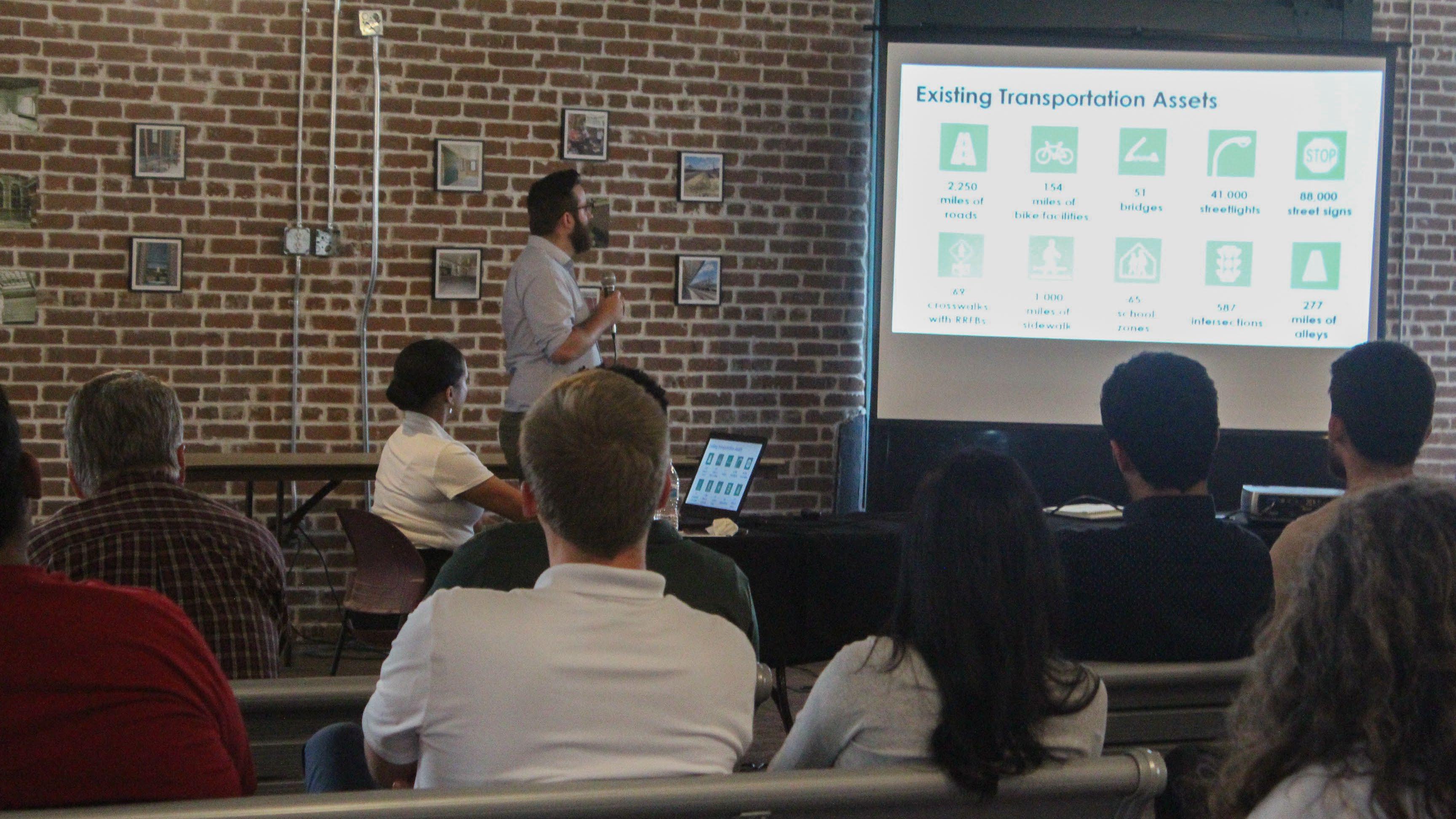



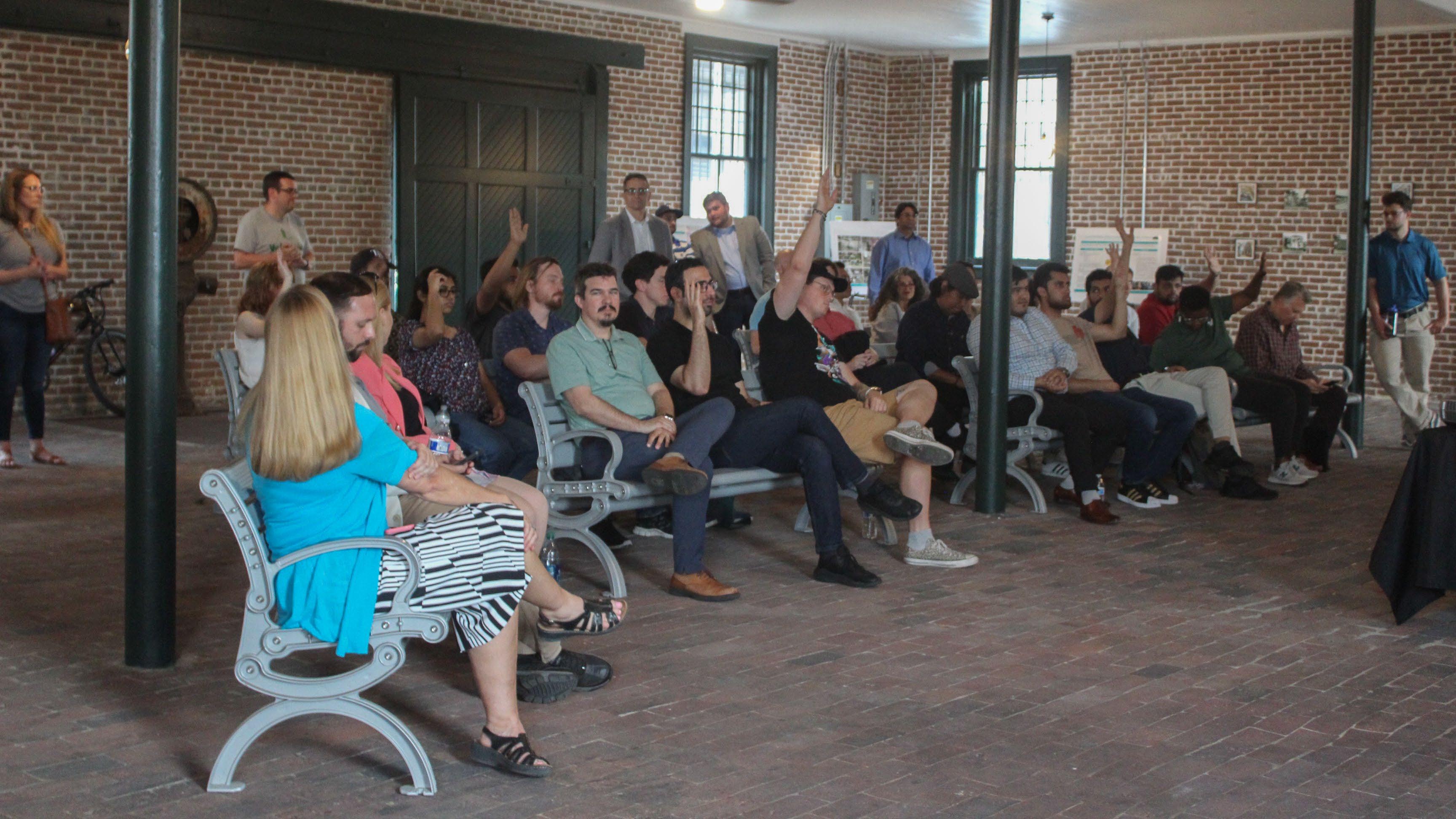






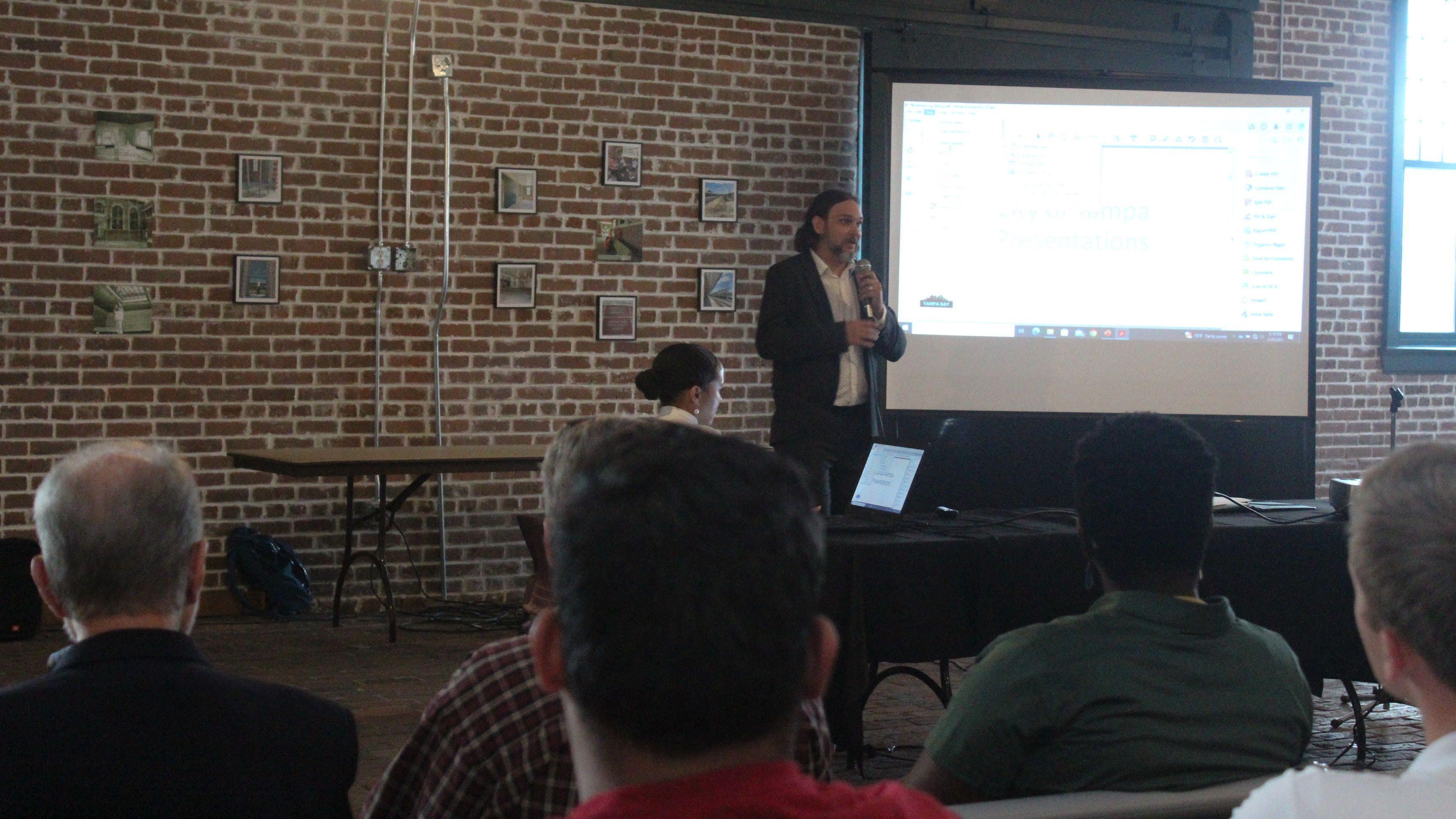













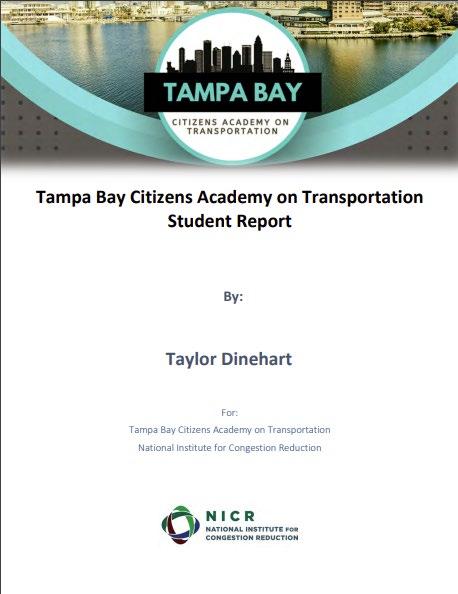

 Presented by Fatima Elkott
Presented by Fatima Elkott


 by Riyza Jose Morales using Google
by Riyza Jose Morales using Google
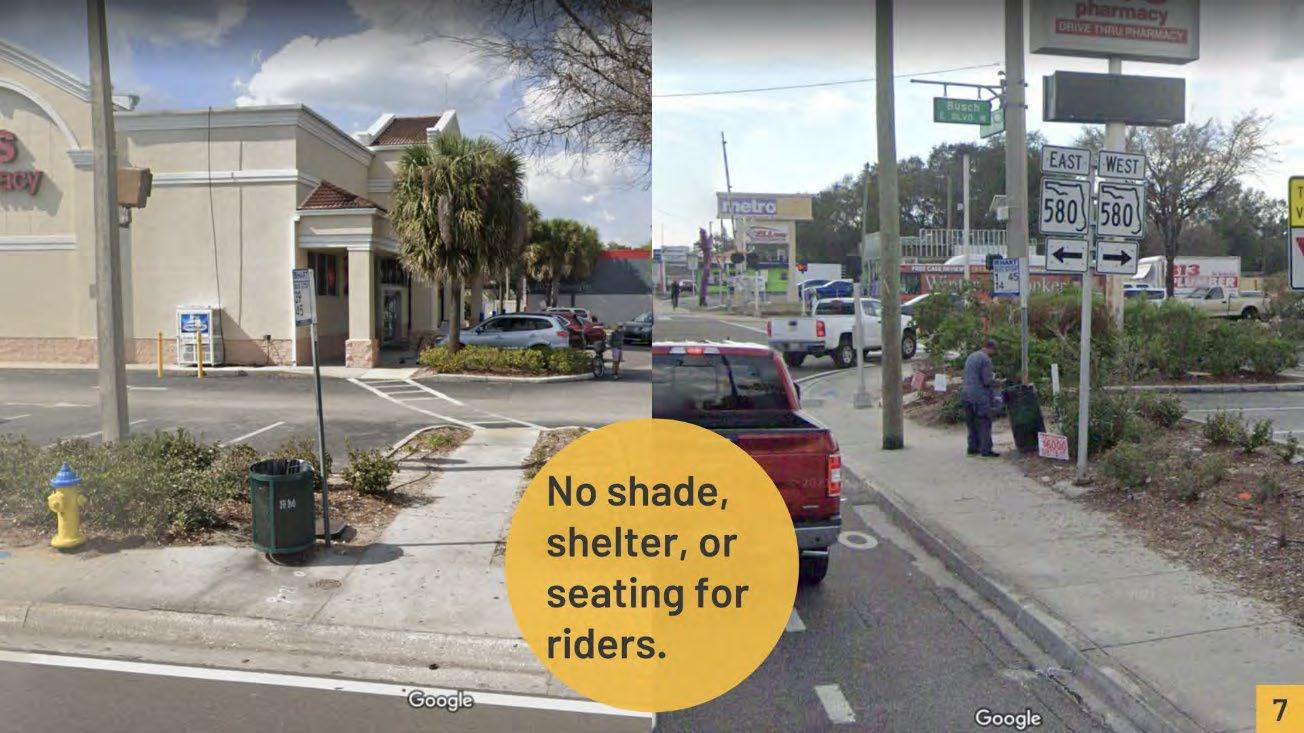
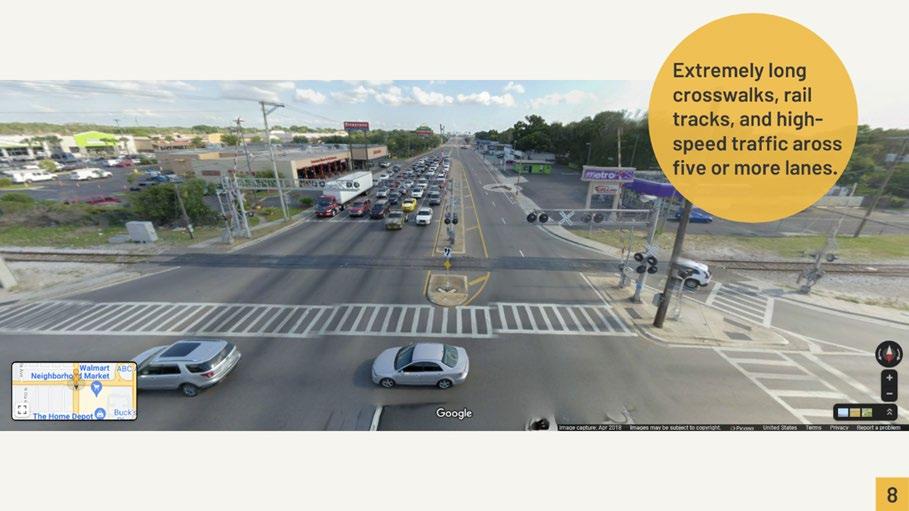

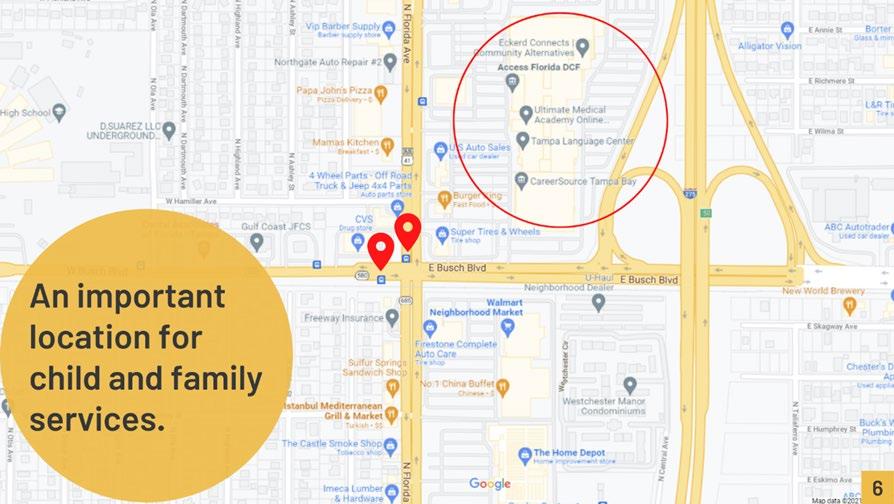




Helped participant visualize the problem with a wider lens & consider the proposed solution as part of a greater system
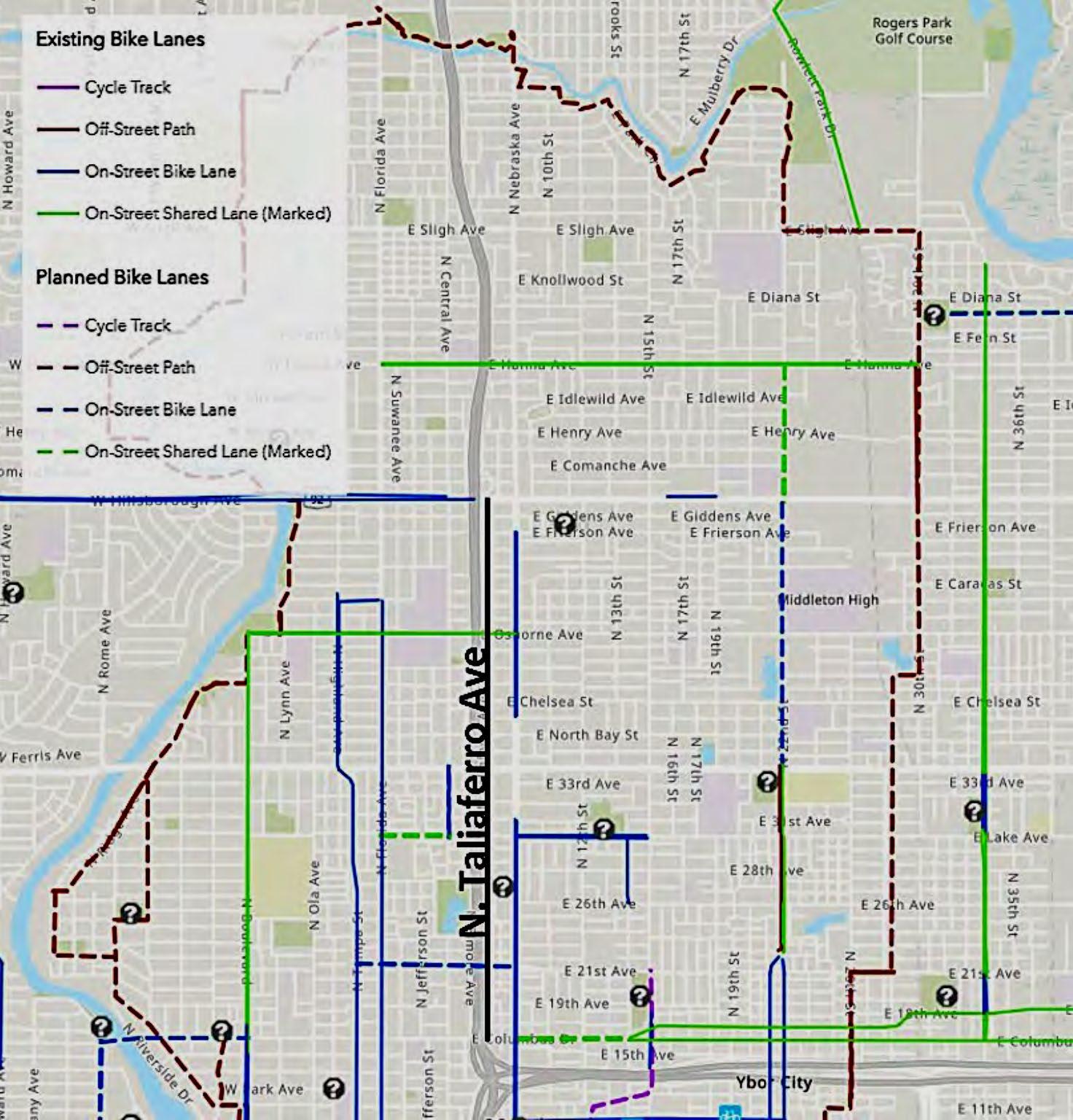

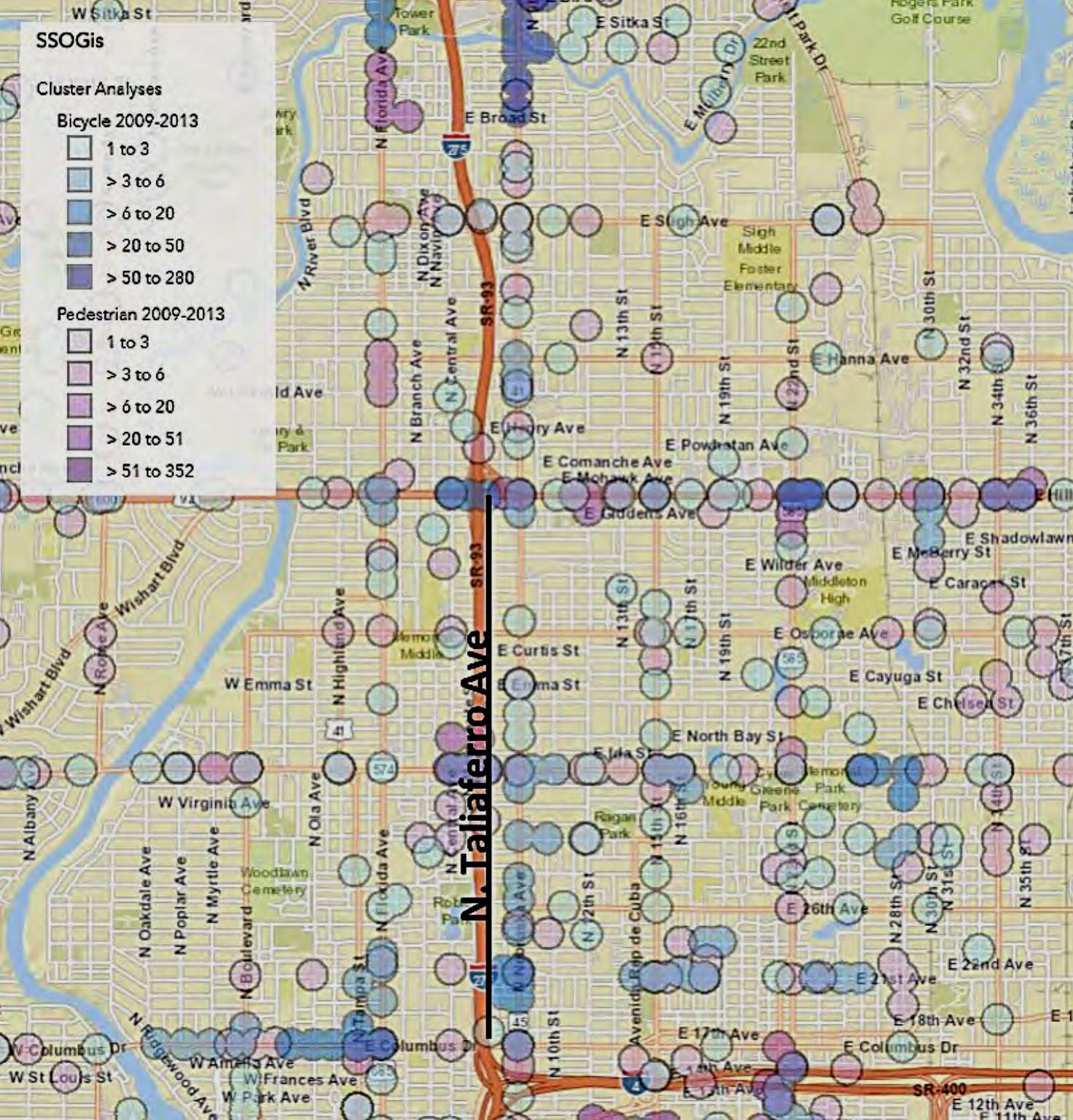




Discovered that the City already had plans underway
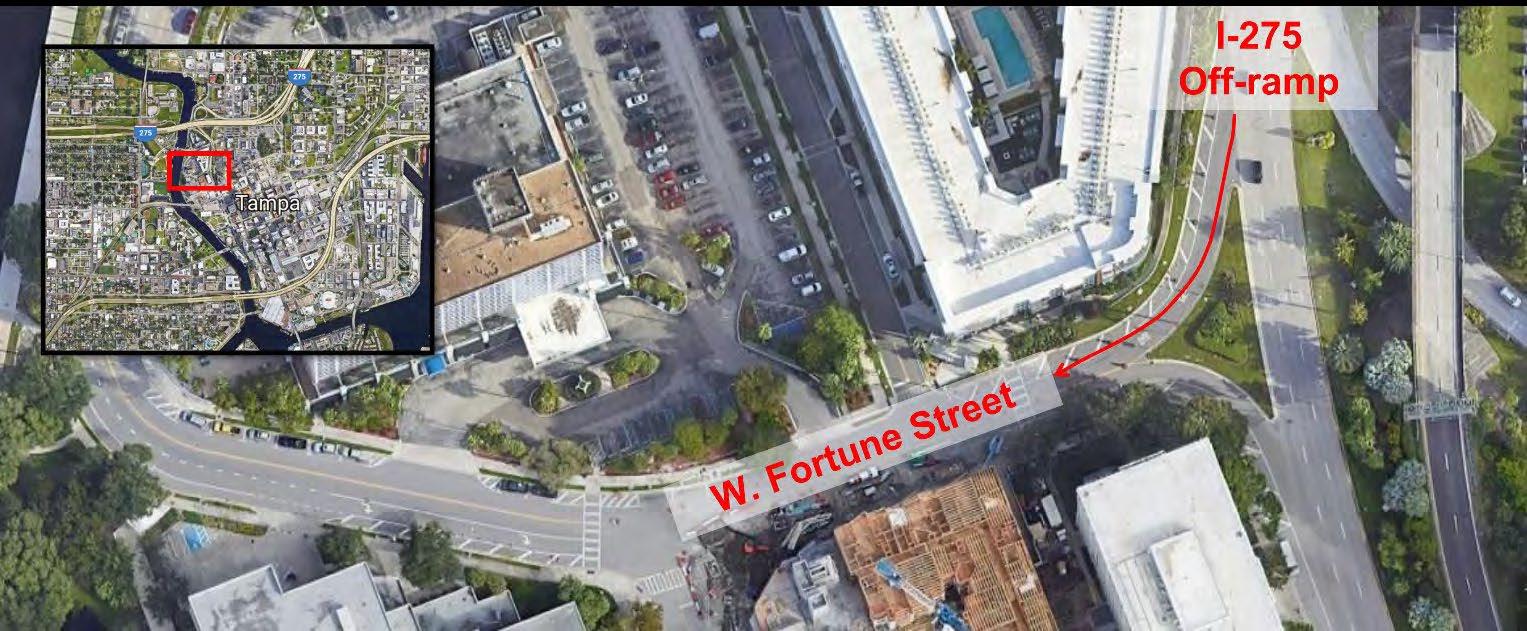

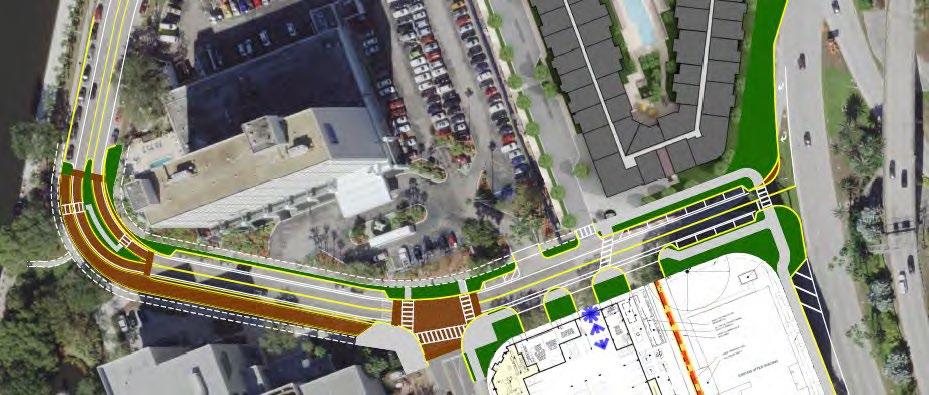













• A better understanding of transportation processes
• FUNDING

• Agency coordination

• How to get involved
“This course helped me understand how the various organizations work together to address transportation.”
“It was useful to peek behind the curtain and begin to understand how and why changes to transportation infrastructure occur at the rate they do.”

Scan the QR code below to sign up for the NICR newsletter and get updated when the guidebook will be available


